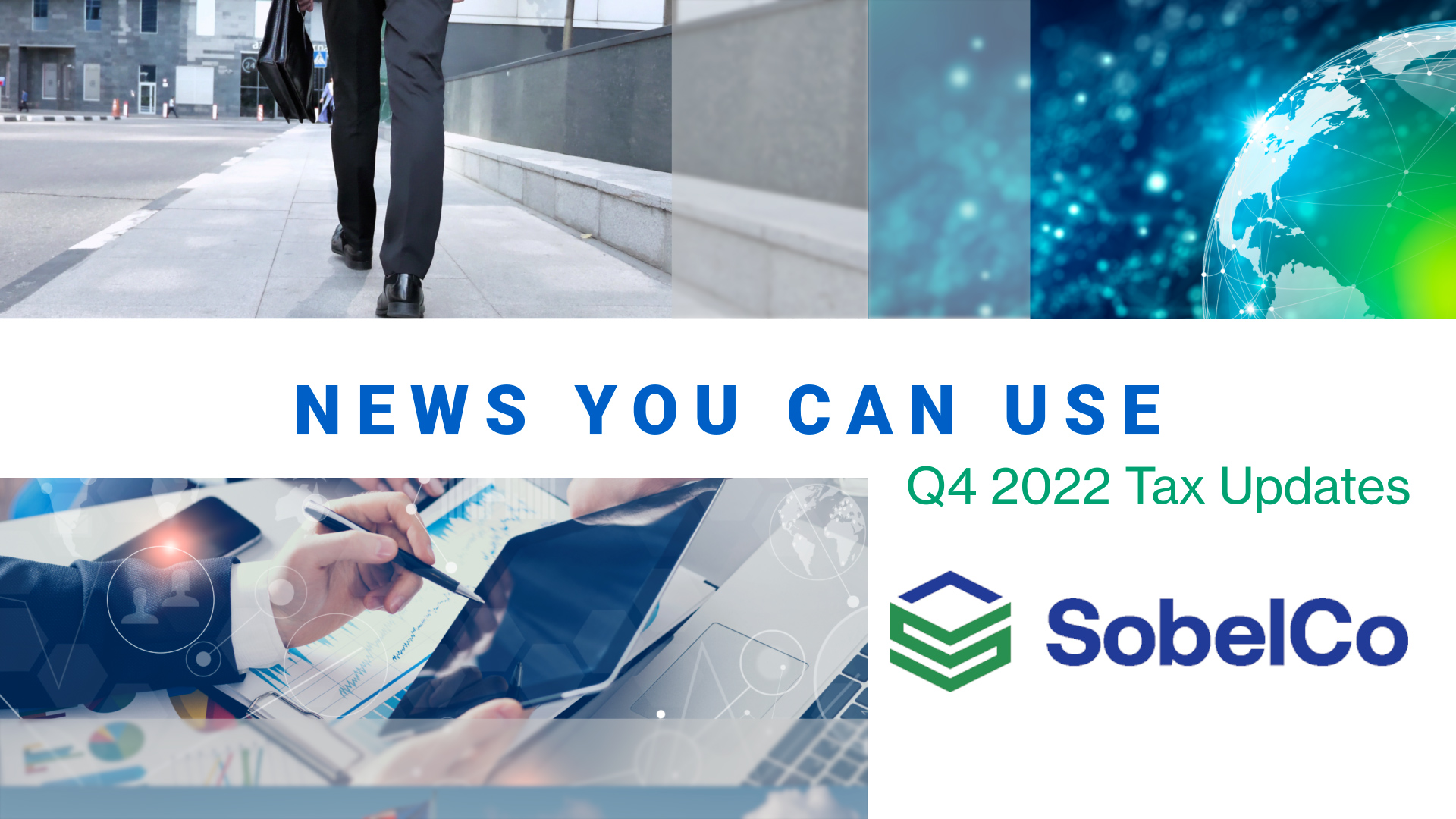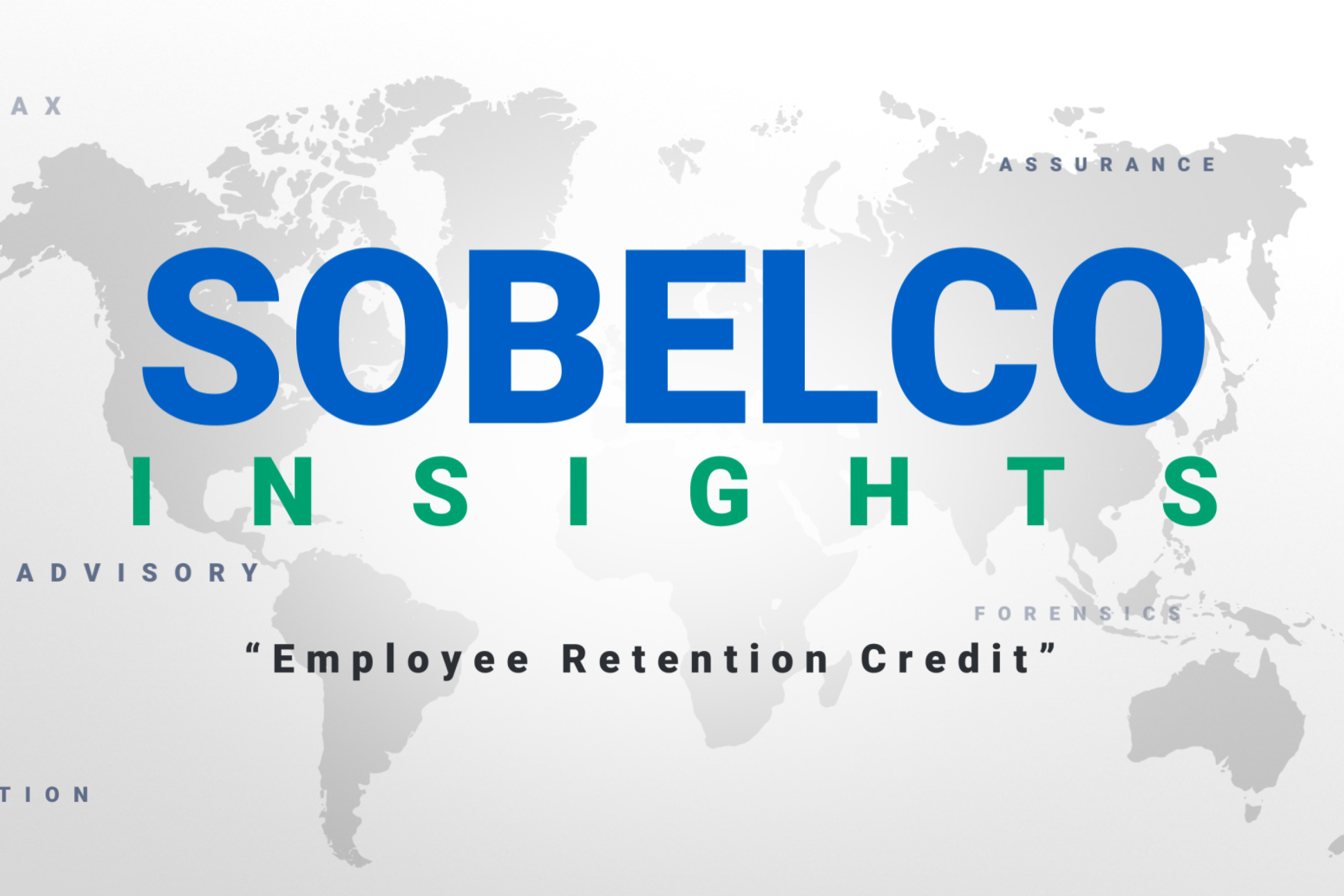
Over the years our firm has published a series of articles on swipe fees and the on-going and escalating battle between retailers and the credit-card companies that charge them a fee for every transaction at the check-out counter.
As retailers continue to re-shape the shopping experience, SobelCo is taking this opportunity to focus on the ways retailers are handling swipe-fees.
New approaches to payment options are quickly gaining popularity
Here is a real world example that resonates with everyone: When riders use Uber or Lyft, one of the distinctive advantages is that they don’t have to go through the process of paying the driver at the trip’s conclusion. The ride share app already has their information on file, which eliminates the need to pull out their credit card or cash before exiting the car. This is especially important because doing so takes time and is inconvenient. As a result of their focus on convenience, today Uber is present in 600 cities in 65 countries and boasts that 15 million trips take place each day – all without any passenger having to pull out a wallet to pay.
That same process takes place at Starbucks when a customer uses the company’s app to place and pay for an order, saving time and also enjoying many of the special deals that Starbucks offers to their loyal app users.
Likewise, Walmart has created the Walmart Pay app packed with savings that are attractive to Walmart fans. The company says it is signing up “hundreds of thousands of customers a month.”
These App transactions are quickly becoming commonplace commercial exchanges
So exactly what is going on here? What is a payment app? According to Wikipedia, instead of cash, checks, or a physical credit card, mobile payment technology is now enabling consumers to pay for products and services through a digital platform.
This trend is growing as shoppers are beginning to embrace the concept. Some of the success is because it is so expedient and much faster than a traditional payment transaction. But some of the success is also due to the sky rocketing use of smart phones. In fact, a recent report conducted by Accenture Consulting found that 23% of millennials make a mobile payment at a merchant at least weekly. Additional research indicates that mobile payment options are anticipated to grow to $503 billion by 2020.
What’s the impact of payment apps on retailers?
Understanding the advantages of payment apps for the user is just one perspective. But understanding the value of payment apps to business owners is another. On December 6, 2018, Jennifer Surane, Finance Reporter at Bloomberg News, shared key insights in her article, “Retailers Embrace Payment Apps to Sidestep $90 Billion in Swipe Fees.” She writes that mobile apps provide a way for shop owners to get around being accountable for the high swipe fees paid annually to Visa and Mastercard. To avoid being held hostage by these giant credit card companies, business owners – large and small – are turning to payment apps as a critical alternative.
As such, they are working to convince their customers that paying with an app is not only convenient and fast – but safe as well. To get the consumers’ attention and find ways to change behavior, retailers have added incentives, including not having to wait in line, the offer of free items and additional opportunities for significant savings, the availability of special products, and the use of other perks and tactics that encourage spending while using the app.
Along with circumventing billions in swipe fees, retailers are also able to gather data that provides critical insights into their audience. In addition to having a better, more intimate understanding of what the customer values, in-house payment systems also provide access to a treasure trove of details regarding their purchasing patterns.
What’s on the horizon?
Although shoppers have been slow to embrace some of these payment options, there is no doubt that general acceptance is anticipated. Surane points to Cumberland Farms as one example of what’s coming on the retail landscape. Cumberland Farms Chief Information Officer, Charles Jarrett comments that customers who use their SmartPay app (which connects directly to their bank account) immediately enjoy a savings of up to 10 cents a gallon. So far this has resulted in collective savings of more than $100 million and has helped the convenience store chain to better manage their swipe fee payments. As further information like this regarding new trends in swipe fees becomes available, we will keep you posted.


